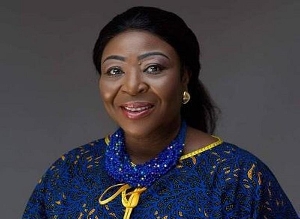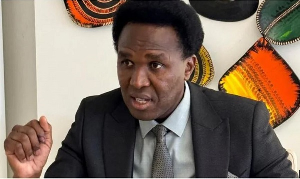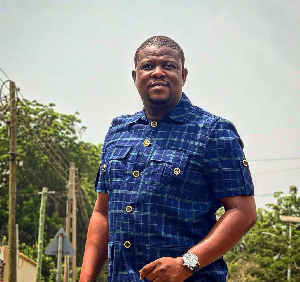Government has targeted a 10.1 percent end of year inflation for 2016 down from the current 17.4 percent in 2015.
However, analysts believe this cannot be achieved owing to expenditure that remains to be made in an election year.
This is supported by the fact that the Bank of Ghana (BoG) has a rather grim outlook on inflation.
The Monetary Policy Committee said that “there are imminent upside risks to the inflation outlook such as worsening external financial conditions and the planned utility tariff adjustments, all of which are now likely to be higher than anticipated during the last MPC”.
Trends and Rating Consult (TRC), a research organisation, which made this known in a recent report, said adding to the fears of the BoG, 2016 is an election year so in spite of the rhetoric of fiscal discipline, the government will make emotional expenditure choices.
“Political parties will also spend millions of cedis in campaign expenditures and all that activity is likely to drive money supply upwards in 2016 and therefore potentially raise inflation several points above the targeted 10.1 percent.
“Naturally, the BoG will be driven to act like it always has to manage the money supply (inflation) by raising the prime rate in order to mop up the excess liquidity. The result of such a move might be an end of year prime rate range between 25 percent and 28 percent. While this action may slow inflation down, it is not likely to bring it below 11 percent by the end of the year.”
It stated that even in the very unlikely situation where expenditure and the BoG’s counter-measure for the year evens out so the government reaches its target, workers and households whose incomes do not rise above 10 percent will most certainly experience the same economic conditions they did in 2015; with the likelihood their conditions will get worse.
Under pressure from inflation, TRC said BoG was not likely to bring the prime rate below 25 percent, indicating that commercial banks would follow this signal and maintain lending rates at above 25 percent.
This, coupled with the government’s plan to increase domestic borrowing by 14.5 percent, would negatively affect access to capital for private businesses and households.
Banks are expected to more readily lend risk-free to the government than approve loans to aid business and households. Consequently, lending rates will be driven up, beyond the already high rate (25 percent + per annum). A grim outlook for domestic entrepreneurs may be ahead.
As with previous years, the report said in spite of excess expenditure, not enough money will be devoted to activities which will improve the total wellbeing of Ghanaians.
In the end, less than 40 percent of all the money spent will be used to improve the lives of Ghanaians.
The distribution of expenditure in 2016 show that 32 percent of the total is dedicated to salaries of about 1 million government sector workers only. The next 30 percent will be spent on paying arrears and interests on public loans. This leaves about 38 percent of the total expenditure to fund relevant infrastructural and welfare activities such as the National Health Insurance, Ghana Education Trust Fund, District Assemblies Common Fund, Road Fund, subsidies and other social benefits.
It noted that collectively, government’s ministries, departments and agencies (MDAs) would not get more than a 4 percent budgetary raise. Yet MDAs were to experience a major redistribution of their allocated funds, though not aimed at motivating the needed productivity change the country needs.
“The government, in this instance, appears to be looking in another direction, when it could stir activity in the productive sectors of its MDAs, like the Ministry of Food and Agriculture to improve this year’s crop yields, for instance. Instead, the fund redistribution exercise takes the shape of a minimal budgetary raise (7 percent) for the economic sector and a heavy cut back (31 percent) from that infrastructural development sector, while the administrative budget goes up by half (50 percent) of what it was the year before.
“It is instructive to point out that 26 percent of the increase in the administrative budget will go to the Electoral Commission ahead of the next general election. But even so, what justifies a 58 percent increase in the budget of the Office of the President from 453,889,073.00 in 2015 to 718,854,911.00 in 2016, or the more than 1000 percent increase in the budget of the Ministry of Local Government from 290,983,971.00 in 2015 to 605,039,658.00 in 2016?”
Click to view details



Business News of Thursday, 3 December 2015
Source: Daily Guide

















